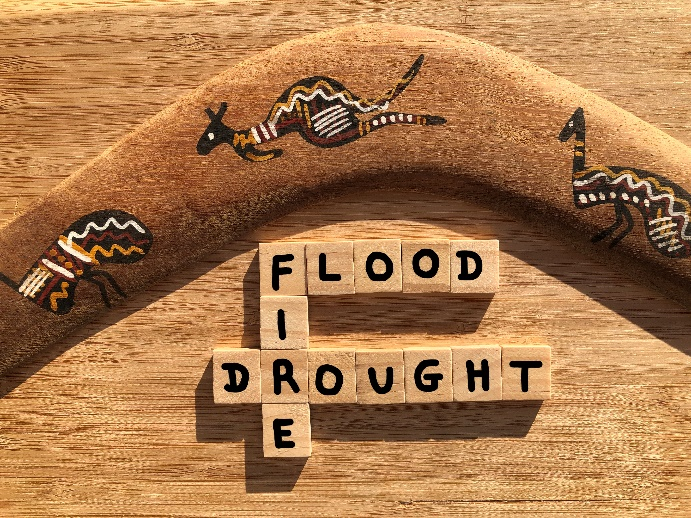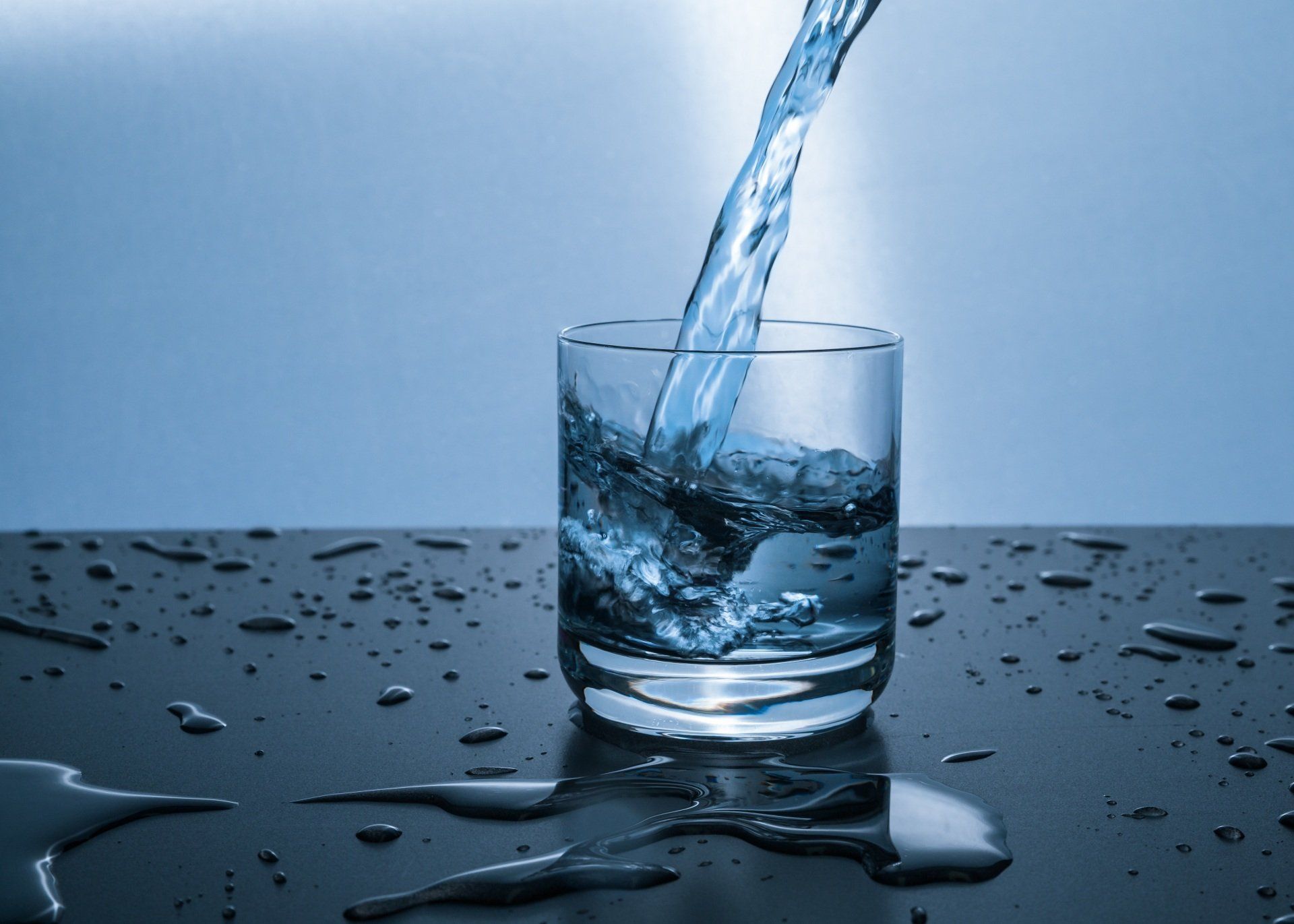Water Shortages and Drought
in the South Pacific
Water shortages and droughts in Australasia.

Australia: While in 2022 the east coast of Australia experienced its worst flood in decades there is no doubt that more droughts are coming. Australia is a continent defined by extremes, and recent decades have seen some extraordinary climate events. But droughts, floods, heatwaves, and fires have battered Australia for millennia.
Are recent extreme events worse than those in the past? In a recent 2022 study, we reconstructed 800 years of seasonal rainfall patterns across the Australian continent. Our new records show that parts of Northern Australia are wetter than ever before, and that major droughts of the late 20th and early 21st centuries in southern Australia are likely without precedent over the past 400 years.
Cyclones also batter the north and the first thing that affects people is lack of power and lack of water. Many developers are making it mandatory to install solar, batteries and an Air Water maker.
Historical records provide rough estimates of the extent and intensity of droughts in parts of Australia since the late 1700s. For example, captains’ logbooks from ships anchored off Sydney describe the Settlement Drought (1790-1793), which threatened the tenuous foothold of early European settlers in Australia. And farmers’ records describe the Goyder Line Drought (1861–1866) that occurred in areas north of the known arable lands of South Australia.
New Zealand: December through February—summer in the Southern Hemisphere—are typically the driest months in north and central New Zealand. The 2019-2020 summer season was especially dry, leaving the entirety of North Island in severe meteorological drought. March and April brought little relief, intensifying one of the most severe droughts on record for the region. Auckland has been especially hard hit; 77 continuous days of drought in 2020 contributed to the city’s driest January-April period on record. The lack of rain in Auckland has left reservoirs at about 46 percent of capacity compared to the average 76 percent for the time of
year.
And we are not alone in the South Pacific.
Fiji: The islands are expected to experience rising sea levels and increasing droughts over the next few years, causing new water supply challenges. The capital, Suva, is especially affected, struggling to keep pace with recent streams of migration to the city. Rising to the challenge, Fiji has put in place an investment program to provide clean drinking water for the inhabitants of Suva.
Kirabati: UNICEF last week estimated the entire Kiribati population of 119,000 people is affected by drought, and severe water shortages in the southern islands are impacting 79 per cent of the total population.
Vanuatu: Scabies, skin diseases and malaria are water related diseases and are the three most common health issues in Vanuatu. Poor drainage and waste management provide pools of water that are favourable breeding sites for malaria mosquito. Unmanaged and uncontrolled sanitation and wastewater are also major concerns.
Solomon Islands: Climate change impacts will be worsened by three existing significant problems: a scarcity of freshwater sources, a lack of sanitation infrastructure, and insufficient, aging water systems.
Tonga: A secure water supply for 99.9 % of the population – this is the goal of an ongoing urban resilience project in Nuku’alofa, capital of Tonga. Like other cities in the region, Nuku’alofa is struggling with urban growth that outpaces the capacity of public water services, alongside dire climate change predictions.
Cook Islands: The Cook Islands has been experiencing severe water shortages. In some parts of the Cooks, water rationing is now limited to 20 litres of water per family per day.
Norfolk Island: Water is the most critical of all resources on oceanic tropical islands to sustain life. In the case of Norfolk Island, there is concern over whether available freshwater resources can sustain expected population growth. Currently water demand is met through rainwater harvesting, collection from freshwater springs, and extraction of groundwater. Another key concern is water quality.
New Caledonia: Saltwater intrusions can be contaminating freshwater aquifers, many of which sustain municipal and agricultural water supplies and natural ecosystems.
Some of the Worldwide countries suffering from drought.
Ethiopia-Eritrea-Somalia-Sudan-Uganda-Afghanistan-Zimbawbe-China-India-Iran-Morocco.
